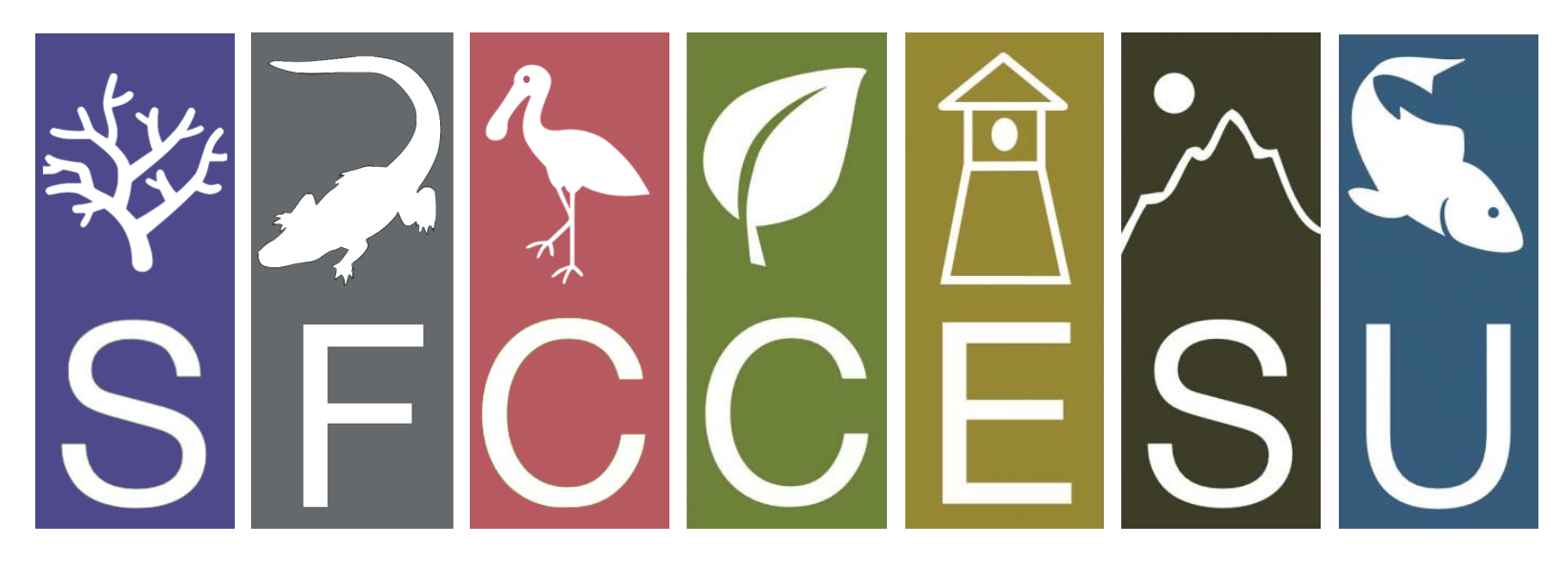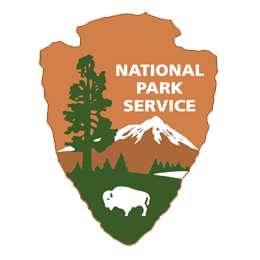Responses to this Request for Statement of Interest will be used to identify potential collaborators for a project funded by the National Park Service (NPS). The project will study the potential benefits of alternative outdoor lighting options for coastal and beach habitat restoration on the Gulf Coasts of Alabama and Florida near Gulf Islands National Seashore and the Bon Secour National Wildlife Refuge.
The authority for this Cooperative Agreement is 54 U.S.C. § 101702(b) (Cooperative Research and Training Programs). Substantial involvement is expected between the NPS and nonfederal partner when carrying out the activities specified in the scope of work and may include activities such as the NPS’s involvement in the development of study methodology, data gathering and analysis; review of work plans, reports and all deliverables; providing staff time to oversee, sharing previously collected available data, and participate in the collection of field data.
This proposed project contributes to the objectives of the Cooperative Ecosystem Studies Units (CESU) network by providing usable knowledge to support informed decision making; creating and maintaining effective partnerships among the federal agencies and universities to share resources and expertise; encouraging professional development of current and future federal scientists, resource managers, and environmental leaders; and managing federal resources effectively. In addition, this work is consistent with the South Florida Caribbean CESU mission of providing research, technical assistance, and education to federal land management, environmental, and research agencies.
The NPS is requesting information on your interest and qualifications to provide this support. By September 15, 2020, The NPS plans to have a 30-month cooperative agreement signed. Funding for this project will depend upon the proposer’s capabilities and the negotiated project scope and will not substantially exceed $60,000
Materials Requested for Statement of Interest
Please prepare a 2-page summary of how you would envision conducting this collaborative project. Include your name, department, university or organization, and contact information, as well as your qualifications – i.e., information about any relevant experience, past projects, and staff, faculty, or students who would be available to work on the project. Also list the task-related equipment you would use. Please submit electronic Statements of Interest to Mark VanMouwerik by 0900 MST on March 2, 2020 (see Mark VanMouwerik’s contact information below). Note: A proposed budget is not requested with the summary, but an approximate total cost, or menu of cost alternatives, is.
Background and Overview
The overall project seeks to evaluate potential improvements in coastal and beach habitats through upgrades to outdoor lighting in adjacent communities. Inefficient lighting casts light directly into areas adjacent to the intentionally lit space and creates light domes – “sky glow” – over cities. Sky glow affects environments tens of miles from city centers. Outdoor lighting has been shown to significantly harm nesting sea turtles (Witherington and Martin 2000), beach mice (Bird et al. 2004), sea birds (Montevecchi 2006) and a diverse range of other marine and terrestrial species (Longcore and Rich 2004, Gaston et al. 2013). Past lighting assessments and documented sea turtle disorientations along the GUIS coast demonstrate that anthropogenic light pollution negatively affects Florida’s and Alabama’s natural resources. The CESU partner will support studies of wildlife and citizen responses to potential outdoor lighting upgrades. These studies will inform decisions about lamp types, luminaire features, and lighting controls.
Anticipated Tasks
- In partnership with NPS, select coast sites for wildlife monitoring using camera traps, bioacoustics recorders, and other data loggers.
- Obtain appropriate Special Use and Research Permits as needed.
- Participate in the deployment of alternative lighting options. Subsequently maintain these systems in good working order.
- Deploy, periodically revisit, and recover wildlife data loggers, archiving data as they are accumulated.
- Optionally, collect additional wildlife response data using direct observations and data collection by attended instruments.
- In partnership with NPS and local communities, select locations where public responses to alternative lighting can be assessed.
- Utilizing methods selected in partnership with NPS (e.g. surveys, observations, data loggers), monitor citizen responses to alternative lighting). If data loggers are deployed, periodically visit data loggers to retrieve stored information.
- In partnership with NPS, devise and execute data analyses to estimate the effects of alternative lighting options.
- Prepare a technical report summarizing the effort and data collected. Also prepare summaries of the analyses and results, which may be in the form of manuscripts submitted to peer-reviewed scientific journals.
Review of Statements Received
All Statements of Interest received will be evaluated by a committee comprised of three or more persons on the habitat restoration project team. This committee will determine which statement(s) best meet the program objectives. Once selected, the CESU partner(s) will rapidly develop a task agreement and budget in partnership with NPS. FY 2020 budget timelines are compressed, so proposers must be prepared to work with NPS to submit the task agreement within two weeks of being notified that they have been selected. Statements of Interest will be evaluated based on the investigator’s experience and capabilities in ecological and social science research, including bioacoustic and camera trap monitoring, behavioral observations, and statistical modeling. Familiarity with the R statistical environment is preferred. Previous experiences with research in National Park Service or National Wildlife Refuge units will be beneficial. The broad scope of this project will likely call for interdisciplinary collaboration within the CESU partner team.
Please direct all questions and submit Statements of Interest to:
Mark VanMouwerik
Restoration Project Manager
1201 Oakridge Drive
Fort Collins, CO 80525
Email: mark_vanmouwerik@nps.gov
National Park Service
(970) 225-3507 – office
(970) 420-4734 – cell
Timeline for Review of Statements of Interest: The Request for
Statements of Interest will be out from February 24, 2020 – March 2, 2020. The
review of Statements of Interest will begin February 27, 2020. A candidate will
be selected by March 2, 2020. Final Statement of Work and Budget are expected
to be submitted by March 16, 2020.

